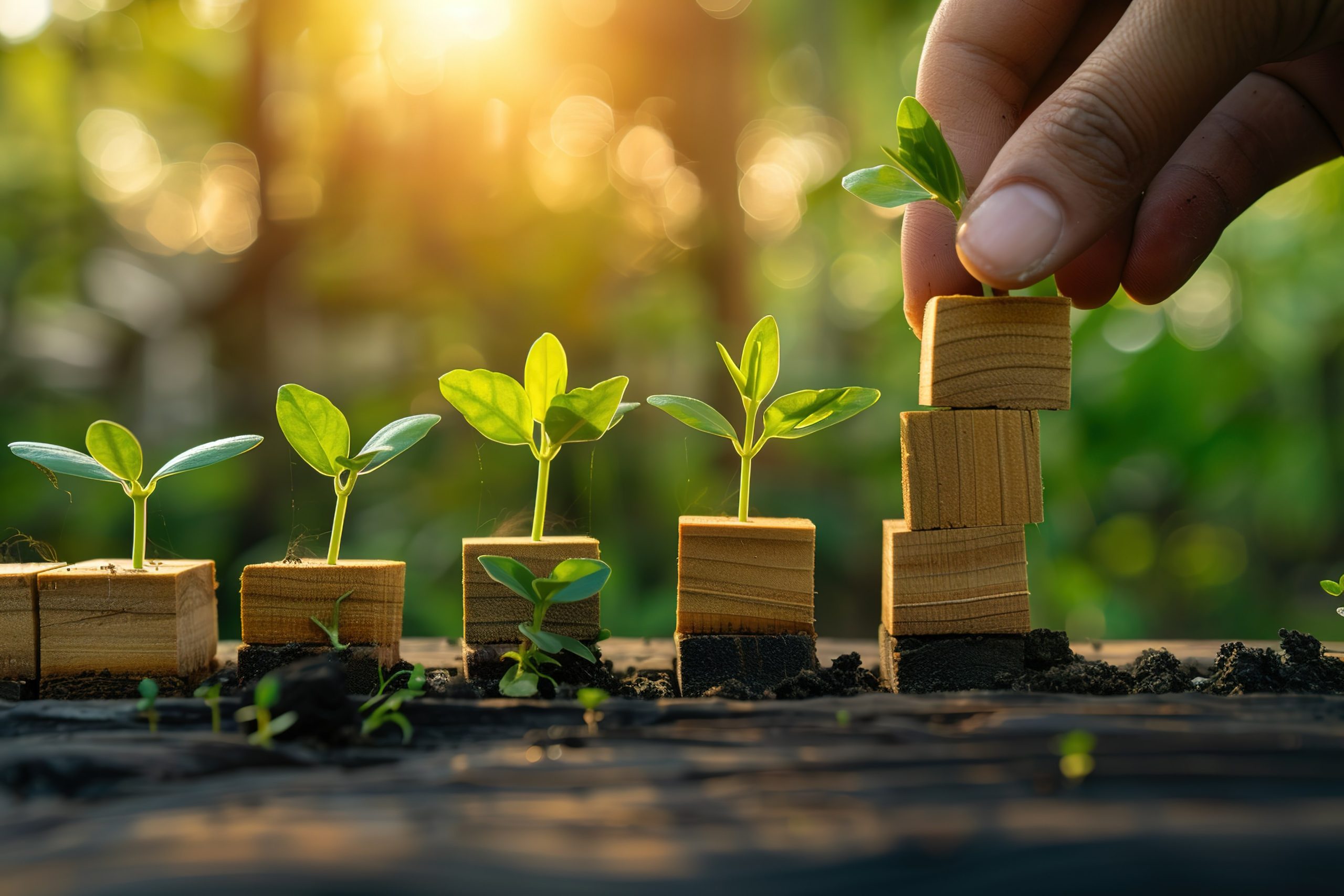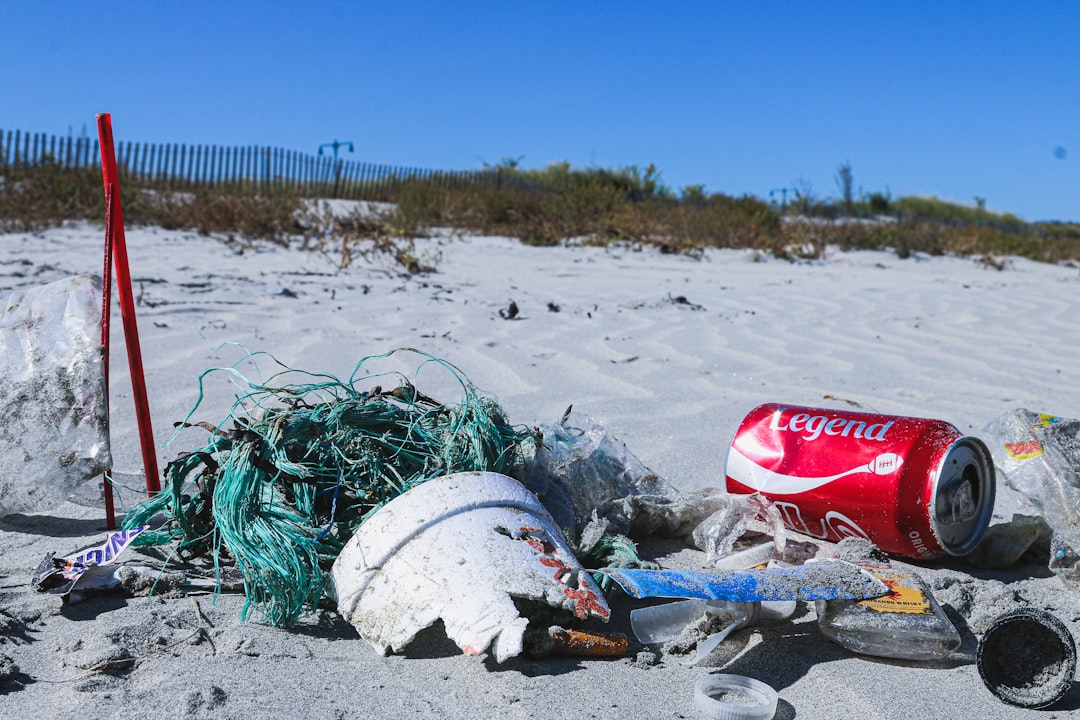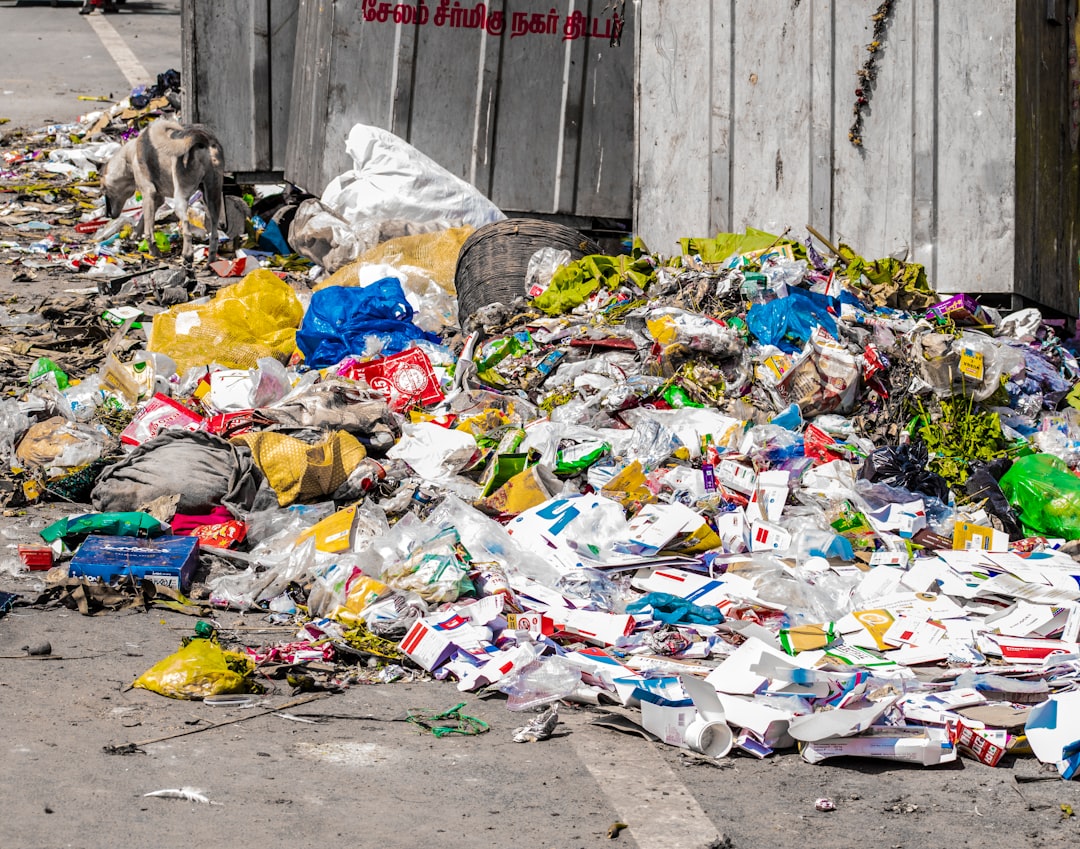Plastic products have become an integral part of our daily lives, from the packaging of our food to the materials used in our household items. However, the convenience of plastic comes at a cost to the environment. In this article, we will explore the environmental impact of plastic products and what we can do to reduce our plastic consumption.
The Problem with Plastic
by Brian Yurasits (https://unsplash.com/@brian_yuri)
Plastic is a synthetic material that is made from non-renewable resources such as oil and natural gas. It is estimated that over 8.3 billion tons of plastic have been produced since the 1950s, and only 9% of that has been recycled. The rest ends up in landfills, incinerators, or in the environment, where it can take hundreds of years to decompose.
One of the biggest issues with plastic is its durability. It does not biodegrade, but instead breaks down into smaller and smaller pieces known as microplastics. These microplastics can be found in our oceans, soil, and even in the air we breathe. They pose a threat to wildlife, as animals can mistake them for food or become entangled in them.
The Impact on Wildlife
Plastic pollution has a devastating impact on wildlife. Marine animals can become entangled in plastic debris, leading to injury or death. Sea turtles, for example, often mistake plastic bags for jellyfish and can suffocate or starve to death. Additionally, plastic can release harmful chemicals into the environment, which can affect the reproductive and immune systems of animals.
The Effects on the Environment
by aboodi vesakaran (https://unsplash.com/@aboodi_vm)
Plastic pollution not only harms wildlife, but it also has a significant impact on the environment. Plastic waste can clog waterways and contribute to flooding. When plastic is incinerated, it releases toxic chemicals into the air, contributing to air pollution. Plastic waste also takes up valuable space in landfills, which are quickly reaching capacity.
What Can We Do?
As consumers, we can make a difference by reducing our plastic consumption. Here are some simple steps we can take to reduce our plastic footprint:
Use Reusable Bags and Containers
Instead of using single-use plastic bags, opt for reusable bags made from natural materials such as cotton or canvas. You can also bring your own containers when shopping for bulk items or leftovers from restaurants.
Say No to Plastic Straws and Cutlery
Plastic straws and cutlery are some of the most common items found in beach cleanups. You can help reduce this waste by using reusable straws and bringing your own cutlery when eating out.
Choose Alternatives to Plastic Products
There are many alternatives to plastic products, such as bamboo toothbrushes, stainless steel water bottles, and glass food storage containers. These products are not only better for the environment, but they are also more durable and can save you money in the long run.
Support Companies That Use Sustainable Packaging
When shopping, look for products that use sustainable packaging, such as paper or cardboard. You can also support companies that offer refillable options for their products.
By making small changes in our daily lives, we can reduce our plastic consumption and help protect the environment. Let’s all do our part to create a more sustainable future for generations to come.




